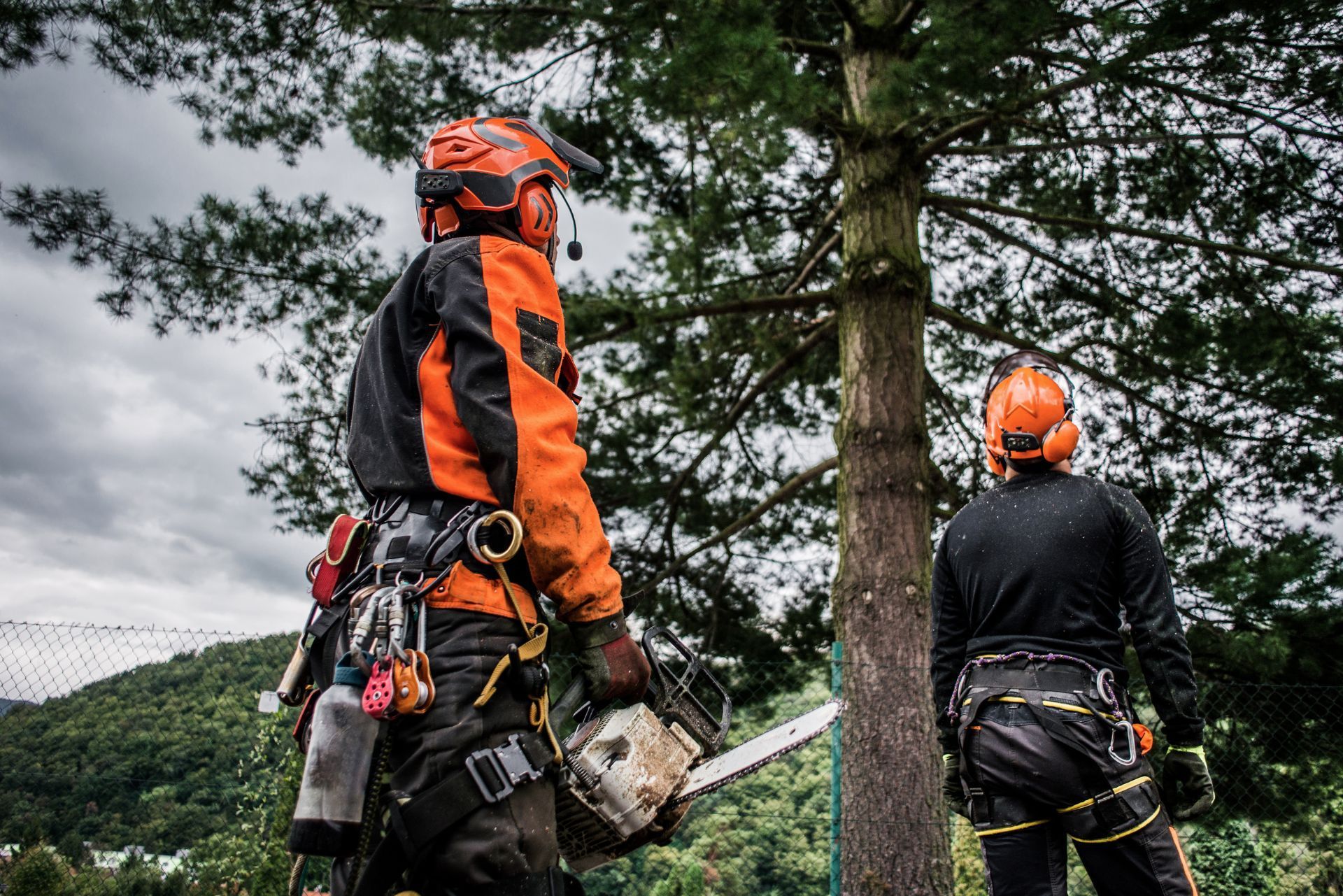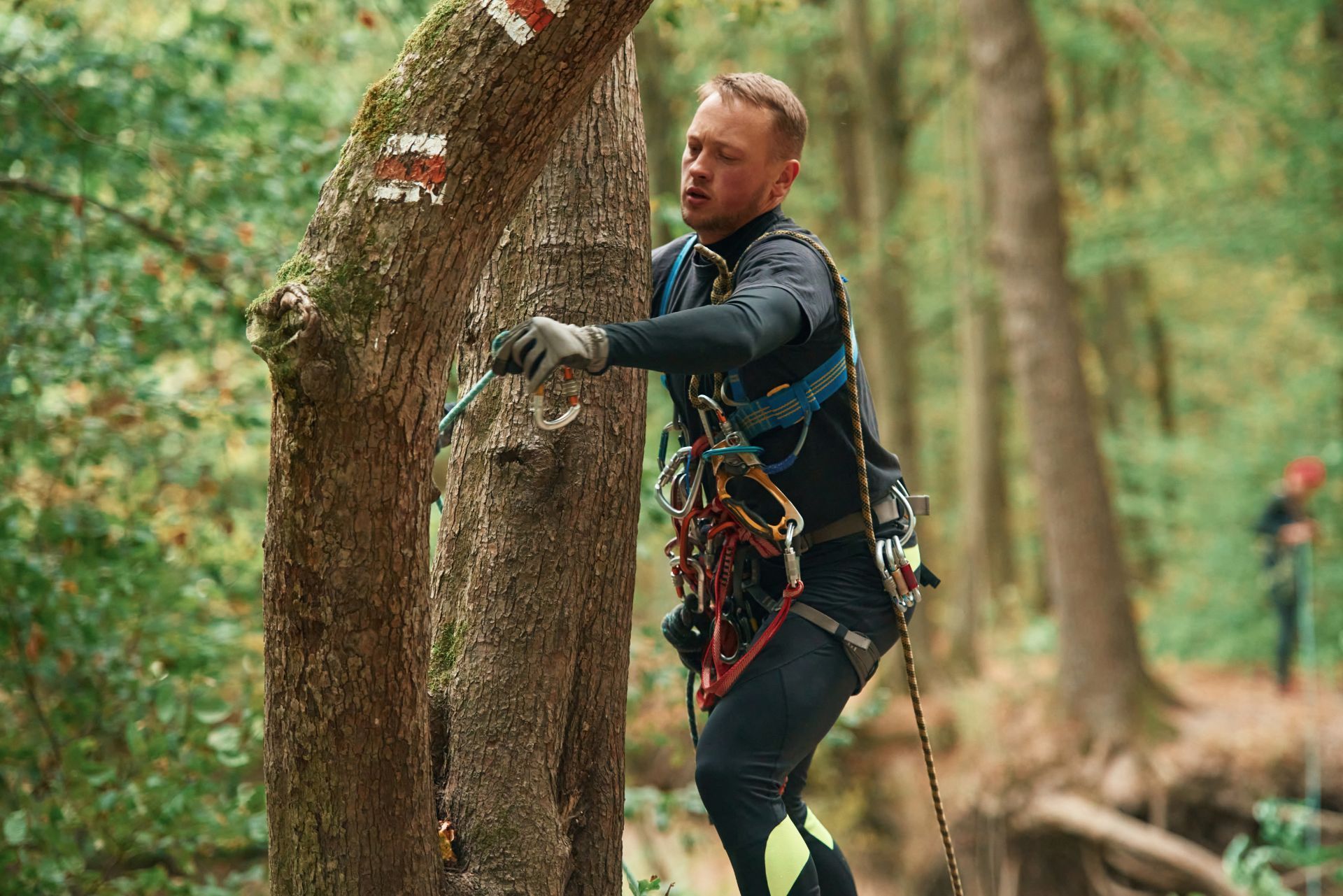Top 3 Recommended Policies
Index
Contact Us
Phone
Location
In the world of tree care and management, arborists play a crucial role in maintaining the health and safety of trees. However, like any profession, arborists face various risks that can lead to significant financial losses. This is where arborist insurance comes into play. This comprehensive guide aims to provide valuable insights into arborist insurance, its importance, types of coverage, and tips for choosing the right policy.
Understanding Arborist Insurance
Arborist insurance is a specialized form of insurance designed to protect professionals in the tree care industry from various risks associated with their work. This includes liability for property damage, bodily injury, and other unforeseen incidents that may arise during tree maintenance, removal, or care. Understanding the nuances of this insurance is essential for arborists to safeguard their business and livelihood.
Why Arborist Insurance is Essential
Tree care can be unpredictable. Arborists often work with heavy equipment, climb tall trees, and operate in diverse environments. Each of these factors introduces potential hazards that could lead to accidents. Arborist insurance provides a safety net that helps cover costs associated with these risks. Without proper insurance, an arborist could face devastating financial consequences from lawsuits, medical expenses, or property damage claims. Furthermore, having insurance can enhance an arborist's credibility with clients, as it demonstrates professionalism and a commitment to safety. Customers are often more inclined to hire insured professionals, knowing that they are protected against potential mishaps.
Common Risks Faced by Arborists
Arborists encounter a range of risks in their daily operations. Some of the most common include:
- Bodily Injury: Accidents can happen, whether due to equipment failure or a fall from a tree. Injuries can lead to costly medical bills and lost wages.
- Property Damage: Trees can fall unexpectedly, causing damage to homes, vehicles, or other property. Arborists may be held liable for these damages.
- Equipment Damage: The tools and machinery used in tree care can be expensive. Damage or loss of equipment can significantly impact an arborist's ability to work.
In addition to these risks, arborists must also contend with environmental factors such as inclement weather, which can exacerbate the dangers of their work. For instance, high winds can make tree removal more hazardous, increasing the likelihood of accidents. Moreover, working in urban areas often means navigating obstacles like power lines, which adds another layer of complexity and risk. Arborists must be vigilant and well-prepared to handle these challenges, making comprehensive insurance coverage even more critical to their operations.
Moreover, arborists may also face legal risks related to their work. For example, if a tree that was deemed healthy unexpectedly falls and causes injury or damage, the arborist could be held liable if it is determined that they failed to conduct a thorough assessment. This highlights the importance of not only having insurance but also maintaining meticulous records of inspections and treatments performed. Such documentation can be invaluable in defending against claims and ensuring that arborists are protected in the event of a dispute.

Types of Arborist Insurance Coverage
Arborist insurance encompasses several types of coverage, each designed to address specific risks. Understanding these options is crucial for selecting the right policy.
General Liability Insurance
General liability insurance is a fundamental component of arborist insurance. It protects against claims of bodily injury and property damage that may occur during tree care operations. For instance, if a passerby is injured by falling debris or a tree branch, general liability insurance can cover legal fees and medical expenses. Additionally, this coverage often extends to incidents that may occur off-site, such as damage caused by transporting equipment or materials. This breadth of protection is vital for arborists who frequently work in public spaces or residential areas, where the risk of accidents is heightened.
Workers' Compensation Insurance
For arborists with employees, workers' compensation insurance is not just a good idea; it’s often a legal requirement. This insurance provides coverage for medical expenses and lost wages for employees who are injured on the job. It ensures that workers are protected and can receive the necessary care without placing a financial burden on the business. Moreover, having workers' compensation can enhance employee morale, as it demonstrates a commitment to their safety and well-being. This coverage also helps businesses avoid potential lawsuits from injured workers, creating a safer and more secure work environment.
Equipment Insurance
Arborists rely heavily on specialized equipment, from chainsaws to chippers. Equipment insurance covers the repair or replacement of tools that are damaged, lost, or stolen. This coverage is essential for maintaining operational efficiency and minimizing downtime. Furthermore, many arborists invest significant sums in high-quality equipment, making it crucial to protect these assets. In addition to standard equipment coverage, some policies may offer protection against equipment breakdowns, ensuring that arborists can quickly resume work without incurring substantial repair costs. This aspect of coverage can be particularly beneficial during peak seasons when every day counts for business profitability.
Factors to Consider When Choosing Arborist Insurance
Selecting the right arborist insurance policy involves careful consideration of various factors. Here are some key aspects to keep in mind:
Assessing Your Risks
Before choosing a policy, it’s important to assess the specific risks associated with your arborist business. Consider the types of services offered, the equipment used, and the environments in which work is performed. A thorough risk assessment can help identify the coverage needed to adequately protect your business. For instance, if your work frequently involves climbing tall trees or operating heavy machinery, you may need additional coverage for accidents or injuries that could occur in those high-risk scenarios. Additionally, consider the geographical area in which you operate; regions prone to severe weather may require more comprehensive coverage against natural disasters.
Understanding Policy Limits and Deductibles
Every insurance policy comes with limits and deductibles. Policy limits refer to the maximum amount the insurer will pay for a covered claim, while deductibles are the amounts the insured must pay out-of-pocket before coverage kicks in. Understanding these terms is crucial for ensuring adequate protection without unexpected financial burdens. It's also wise to evaluate how these limits align with the potential costs of common claims in the arborist industry, such as property damage or injury to third parties. By doing so, you can make informed decisions about whether to opt for higher limits or lower deductibles based on your financial situation and risk tolerance.
Comparing Quotes from Different Insurers
Insurance rates can vary significantly between providers. It is advisable to gather quotes from multiple insurers to compare coverage options and costs. Look for policies that offer comprehensive coverage at competitive rates, but don’t sacrifice quality for a lower price. Additionally, consider the reputation and reliability of the insurance company. Research customer reviews and ratings to gauge their claims handling process and customer service. A provider with a solid track record can make a significant difference when you need to file a claim, ensuring that you receive timely support and compensation for any losses incurred during your operations.

How to Obtain Arborist Insurance
Obtaining arborist insurance involves a few steps that can streamline the process and ensure you secure the best coverage for your needs.
Researching Insurance Providers
Start by researching insurance providers that specialize in arborist or tree care insurance. Look for companies with a solid reputation and positive customer reviews. It’s beneficial to choose an insurer that understands the unique challenges faced by arborists. Many of these challenges include the risks associated with working at heights, handling heavy equipment, and dealing with unpredictable weather conditions. Additionally, some providers may offer tailored policies that cover specific services such as tree removal, pruning, or stump grinding, which can be crucial for ensuring comprehensive protection.
Gathering Necessary Documentation
When applying for insurance, you will need to provide specific documentation. This may include details about your business structure, the types of services offered, and information about your equipment. Having this information ready can expedite the application process. It's also advisable to compile records of your safety training certifications, employee qualifications, and any previous insurance claims. This documentation not only helps in obtaining a quote but can also demonstrate your commitment to safety and professionalism, potentially leading to lower premiums.
Consulting with an Insurance Agent
Working with an insurance agent who specializes in arborist insurance can provide invaluable guidance. They can help identify coverage needs, explain policy options, and assist in navigating the complexities of insurance. An experienced agent can also advocate on your behalf to secure the best possible rates. Moreover, they can offer insights into additional coverage options such as general liability, workers' compensation, and equipment insurance, which are essential for protecting your business against unforeseen incidents. By leveraging their expertise, you can ensure that your policy not only meets legal requirements but also aligns with your business goals and risk management strategies.
Maintaining Your Arborist Insurance Policy
Once you have secured an arborist insurance policy, it’s important to maintain it effectively. Regular reviews and updates can ensure that your coverage remains relevant as your business evolves.
Regular Policy Reviews
As your business grows and changes, so too should your insurance policy. Regular reviews can help identify gaps in coverage or areas where additional protection may be needed. It’s advisable to schedule annual policy reviews with your insurance agent to ensure your coverage aligns with your current operations. During these reviews, consider discussing any new services you may have added, such as tree planting or pest management, as these can introduce new risks that your existing policy may not cover. Additionally, if you have invested in new equipment or expanded your team, updating your policy to reflect these changes can help protect your business from unforeseen liabilities.
Staying Informed About Industry Changes
The tree care industry is subject to various regulations and standards that may impact insurance requirements. Staying informed about changes in laws, safety standards, and best practices can help ensure compliance and maintain adequate insurance coverage. Joining industry associations or subscribing to relevant publications can provide valuable insights into emerging trends and regulatory updates. Engaging with peers in the field can also foster a community of knowledge-sharing, where you can learn about how others are adapting their insurance policies to meet new challenges, such as climate change impacts or evolving customer expectations.
Documenting Claims and Incidents
In the event of an incident or claim, thorough documentation is essential. Keep detailed records of any accidents, injuries, or property damage, along with photographs and witness statements if applicable. This documentation can be crucial for filing claims and ensuring a smooth claims process. Furthermore, consider implementing a standardized incident reporting system within your company. This can streamline the documentation process and ensure that all necessary information is captured promptly. Regular training sessions on how to properly document incidents can empower your team to act swiftly and accurately, ultimately supporting your claims process and helping to mitigate potential disputes with insurers.
Common Misconceptions About Arborist Insurance
Despite its importance, there are several misconceptions about arborist insurance that can lead to confusion. Addressing these misunderstandings can help arborists make informed decisions.
“I Don’t Need Insurance If I’m Careful”
While taking precautions can reduce risks, accidents can still happen. Relying solely on careful practices without insurance can leave arborists vulnerable to financial ruin in the event of an unexpected incident. For instance, even the most experienced arborist can encounter unforeseen circumstances, such as equipment failure or an unpredictable weather event, that could result in costly damages or injuries. Having insurance not only provides a safety net but also enhances the professional credibility of the arborist, reassuring clients that they are protected in the event of an accident.
“All Insurance Policies Are the Same”
Insurance policies can vary significantly in terms of coverage, exclusions, and limits. It’s essential to read the fine print and understand the specifics of each policy before making a decision. Tailoring coverage to the unique needs of an arborist business is crucial for adequate protection. For example, some policies may cover liability for property damage, while others might not include coverage for specific equipment or tools used in tree care. Arborists should also consider additional endorsements or riders that can provide extra protection for specialized services, such as tree removal or emergency storm response.
“Insurance is Too Expensive”
While insurance costs can vary, the potential financial consequences of operating without coverage far outweigh the expense of a policy. Many insurers offer flexible payment options and discounts for bundling multiple types of coverage, making insurance more accessible. Additionally, investing in insurance can lead to long-term savings by protecting against lawsuits and claims that could arise from accidents or damages. Arborists can also explore industry-specific insurance providers that understand the unique risks associated with tree care, potentially leading to more competitive rates and tailored coverage options that fit their budget.
Conclusion
Arborist insurance is a vital component of running a successful tree care business. By understanding the various types of coverage available, assessing risks, and choosing the right policy, arborists can protect themselves from the uncertainties of their profession. Regular maintenance of insurance policies and staying informed about industry changes can further enhance this protection. Ultimately, investing in arborist insurance is not just a financial decision; it’s a commitment to safety, professionalism, and the long-term success of the business.

